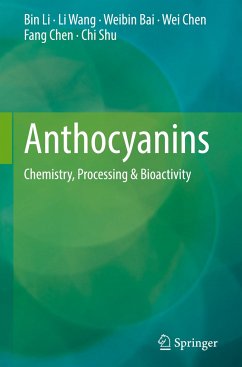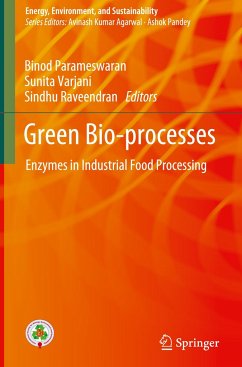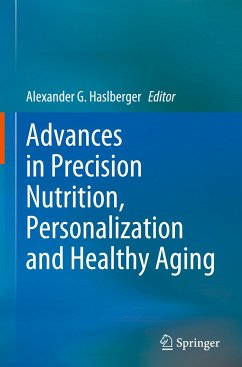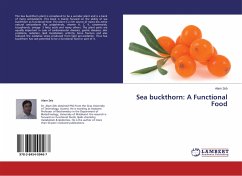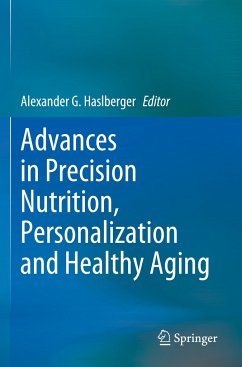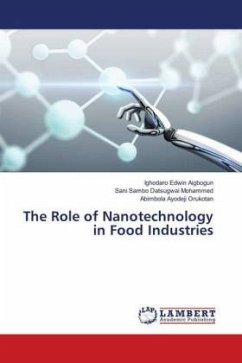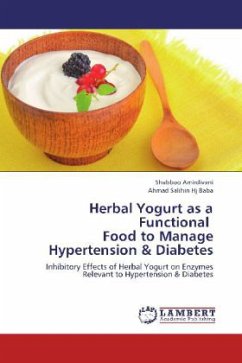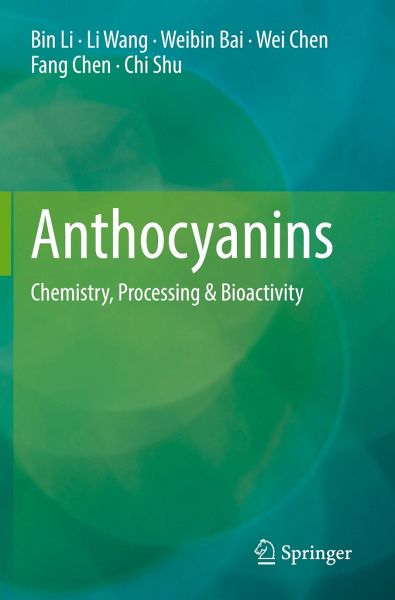
Anthocyanins
Chemistry, Processing & Bioactivity
Versandkostenfrei!
Versandfertig in 6-10 Tagen
129,99 €
inkl. MwSt.
Weitere Ausgaben:

PAYBACK Punkte
65 °P sammeln!
This book summarizes the current knowledge of anthocyanins, provides systematic information for future exploration of anthocyanin applications. It focuses on several aspects regarding the studying progression in the field of anthocyanins. The first section of the book provides a brief introduction to the scope and progress on anthocyanins, which is followed by the second section that describes the natural sources, structure, extraction approaches, bioavailability, and current stabilizing approach of anthocyanins. Then in the third part, the book focuses on the industrial processing of anthocya...
This book summarizes the current knowledge of anthocyanins, provides systematic information for future exploration of anthocyanin applications. It focuses on several aspects regarding the studying progression in the field of anthocyanins. The first section of the book provides a brief introduction to the scope and progress on anthocyanins, which is followed by the second section that describes the natural sources, structure, extraction approaches, bioavailability, and current stabilizing approach of anthocyanins. Then in the third part, the book focuses on the industrial processing of anthocyanins in foods by discussing the impact of food processing on anthocyanin structure and composition as well as classical processing techniques on anthocyanin-containing foods, including high-pressure, encapsulation, microwave, and combined application of the above techniques. In the last section of the book, the authors explore the currently most popular application of anthocyanins in improving human health, such as the effect of anthocyanin on vision, metabolism, neural system, cardiovascular system, and cancers. The book will facilitate readers' understanding of the progress of anthocyanin studies. And it will benefit researchers and graduate students in the fields of natural products, functional food, and nutrition, etc.





